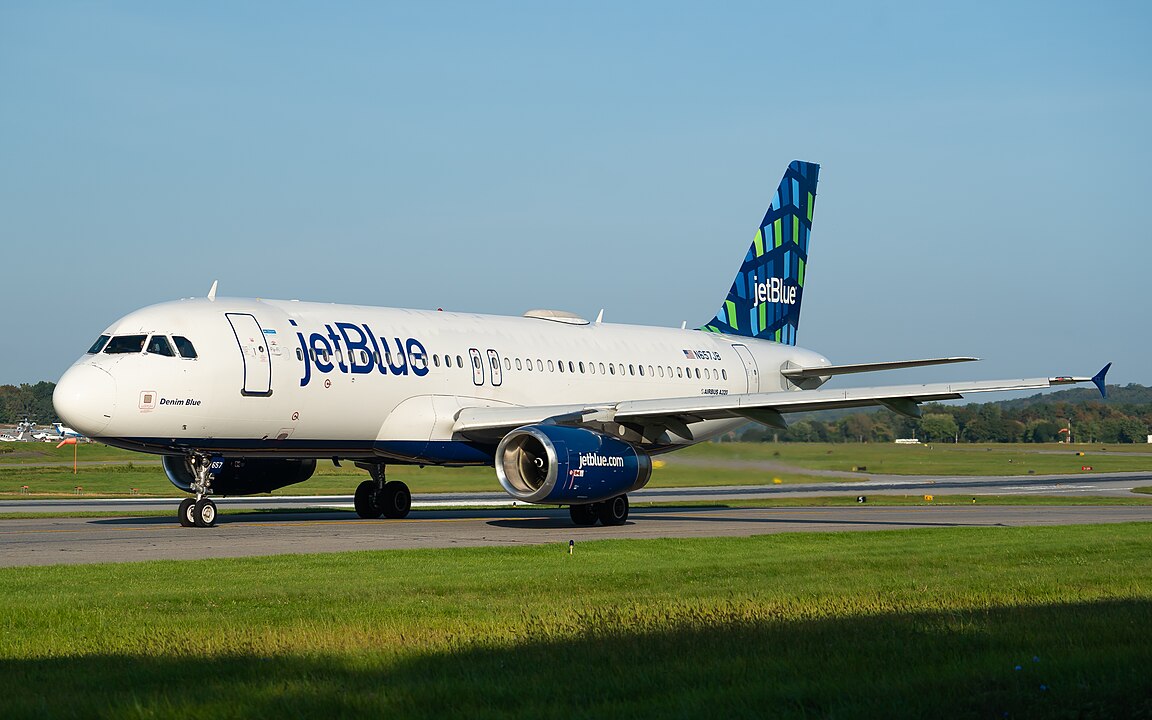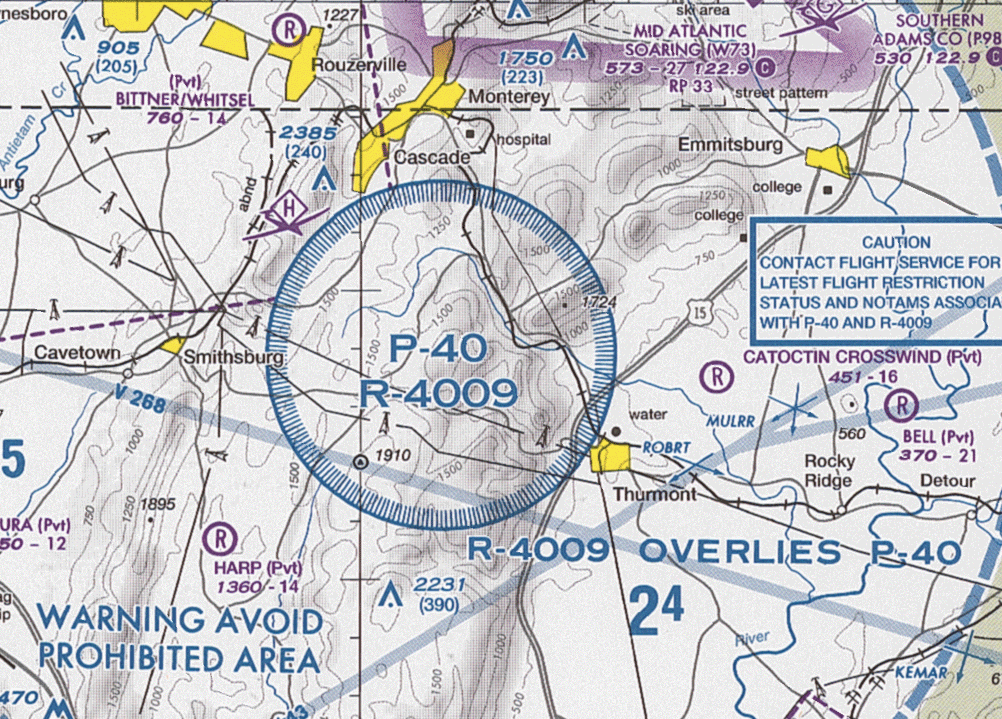
The 39-year-old flag carrier of UAE, Emirates Airline, was fined $1.8 million (€1.6 million) by the US government for flying below 32,000 feet over a forbidden airspace in Iraq on June 14, 2024.
The Federal Aviation Administration (FAA) had forbidden US airlines from flying over Iraqi airspace below 32,000 feet for security and defense reasons. However, Emirates had to fly lower the limit line due to the order given by air traffic controllers.
Codeshare Partnership
Despite not being a US carrier, Emirates has been fined by the US government. It had a codeshare partnership with American Airlines JetBlue when the event happened. The fine is collectively counted for those flights operated between December 2021 and August 2022 that flew over Iraqi airspace on the way between the US and the UAE.
Emirates and JetBlue had a code-sharing agreement where JetBlue could sell seats on Emirates flights. The US allows other foreign airlines to operate flights under the name and code of the US airline as per protocols of FAA restrictions. In October 2022, Emirates and JetBlue ended their code-sharing partnership and after a month Emirates started the new deal with United Airlines.
Emirates was fined $400,000 for the same kind of action in 2020 and had agreed not to perform the action against the provided protocols or rules.

An Emirates spokesperson said to Simple Flying:
“Emirates has reached a settlement with the US Department of Transport (DOT), relating to the alleged breach of Special Federal Aviation Regulations (SFAR) that restricted airlines carrying a US air-carrier code from operating below FL320 while over Iraqi airspace. These incidents involved 122 flights operated by Emirates, while carrying a JetBlue marketing code, between December 2021 and August 2022.”
“Our pilots duly followed ATC instructions, a decision which is fully aligned with international aviation regulations for safety reasons. Emirates’ priority is always the safety of our passengers and employees.”
“Emirates wishes to state that we had planned to operate these 122 flights in question at or above FL320. However, while these flights were operating, Air Traffic Control (ATC) did not give clearance to ascend to FL320, or had categorically instructed these flights to operate below FL320.”

Prohibited airspace
The largest airline in the Middle East, Emirates violates FAA safety protocols during flights in regions off-limits to U.S. airlines during a partnership with JetBlue Airways. This event reflects the importance of safety protocols and their consequences if not followed wisely.
In the similar way, British airline (Virgin Atlantic) was also fined by the U.S Transportation Department up to $1.05 million for flying above restricted Iraqi airspace in partnership with Delta Airlines.
The global airspace is vast and has many restrictions according to security concerns and national welfare. The prohibited airspace is where any flight of aircraft is officially forbidden. There is also a case where entry is not allowed and is not affiliated with any form of ATC. These restricted areas are clearly published in the Federal Register and are shown on aeronautical graphs.
The restriction is imposed to secure active aircraft from unusual, invisible and unexpected risks, attacks and aerial gunnery.
(The US Fines Emirates $1.8 Million)
